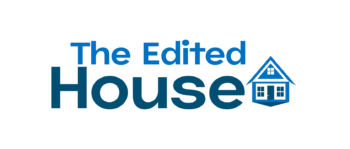Construction projects are always associated with a certain level of risk, which may pose a serious threat to the lives of those involved in constructing projects and the public. Safety practices are important to avoid instances of loss of lives, injuries, and other forms of mishaps.
Apart from saving human lives, safety intervention strategies would lead to increased efficiency and fewer expenses associated with accidents. Here are some important guidelines that will help improve safety standards on construction sites so that all stakeholders can effectively work in a safe environment.
1. Conduct Comprehensive Risk Assessments
The risk assessment may be defined as the evaluation of the potential hazards on the construction sites before any construction project begins. When a particular danger for workers can be discovered and the probability of risks connected with each task is assessed, useful measures to ensure safety should be developed. First, it is encouraged to review the environment and identify possible risks that may occur. Study different previous accidents to know the potential hazards and also, seek advice from safety officers to determine other risks that may be peculiar to that particular project.
2. Utilize Advanced Safety Equipment
Safety equipment and technology employed on construction sites can have a huge positive impact on the safety of construction workers. It is recommended that personal protective equipment like helmets, gloves, safety goggles for the eyes, and high visibility vests are worn. Besides, the use of sophisticated equipment such as aerial photography for site inspection, fitness trackers for worker wellbeing, and smart gadgets installed in the machinery will contribute to the reduction of the probability of the occurrence of accidents.
For instance, the inclusion of a Scorpion attenuator aims to safeguard the contractors and other workers from the risk of being hit by vehicles working in construction zones, which may be vital as it helps to minimize the chances of serious injuries that can occur in areas with heavy traffic.
3. Establish Clear Safety Protocols
Effective procedures need to be in place to ensure that unwanted access by unauthorized personnel is controlled and the overall safety of the construction site is enhanced. Safety plans should provide comprehensively outlined contingencies and instructions for virtually everything having to do with the particular project.
It must be noted that these protocols should be put in place and should be perceived to be well-understood by the workers and commercial contractor. Scheduling routine safety meetings and toolbox talks can support these disciplines, which can also be utilized as platforms for discussing issues and changes.
4. Implement Rigorous Training Programs
Another important factor contributing to safety is the proper training of workers and site employees. It is very important to see to it that all the concerned workers are fully equipped with safety measures that are taken in the organizations and safety measures that are followed in the organization.
Training aspects should include proper use of the tools and other equipment, emergency measures and actions, and having a look at various hazards. To achieve this, a schedule for training is set alongside new incidences of safety standards/procedures, and technologies used to remind the workforce about safety are provided

